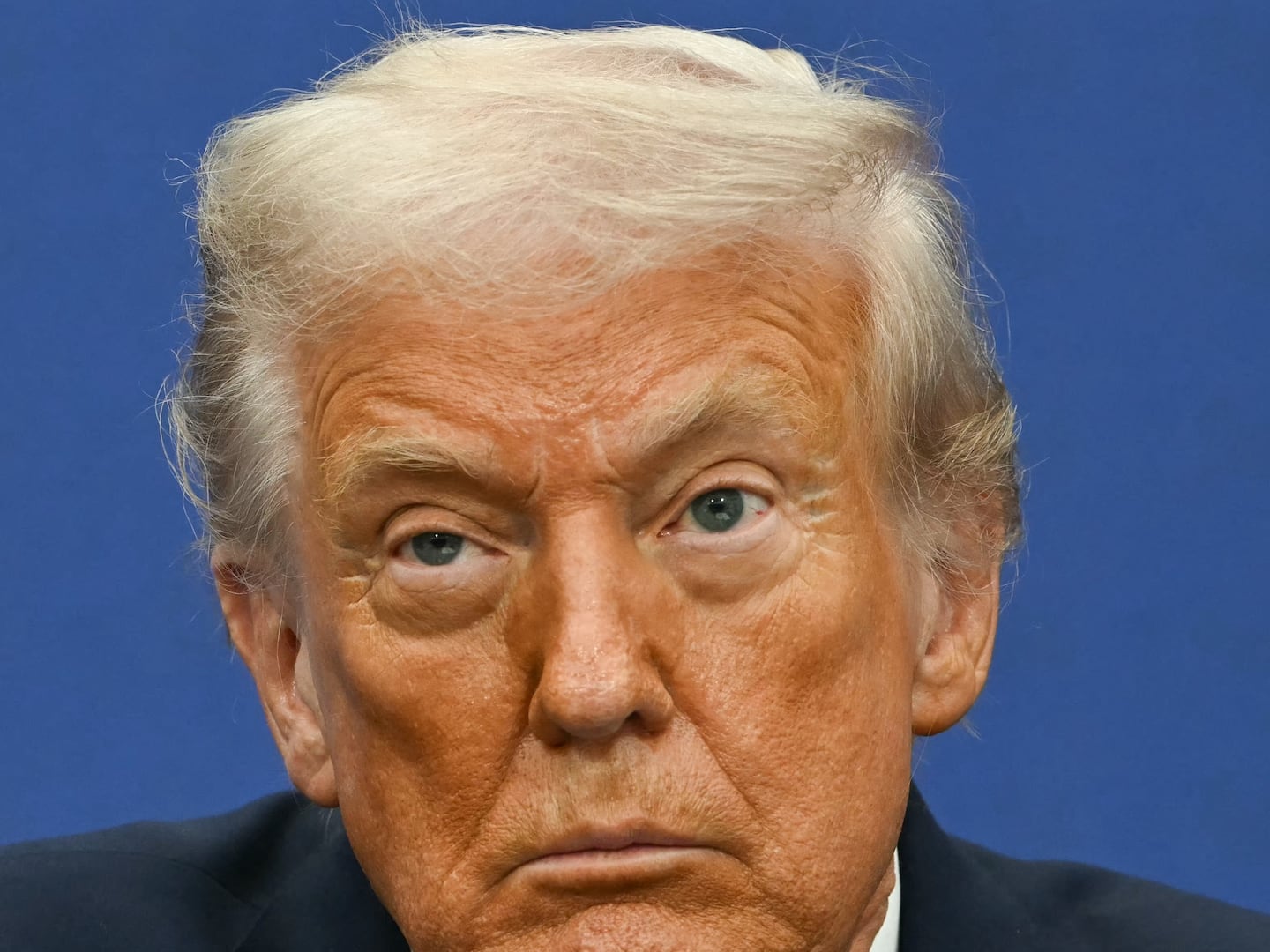This is a bittersweet day for our Constitution and the system of federalism it established. First the sweet: today the Supreme Court reaffirmed that Article I of the Constitution does provide limits on the powers of Congress that are enforceable in the courts.

In his majority opinion, Chief Justice John Roberts accepted all of our arguments about why the individual insurance mandate exceeded the Commerce Clause: “The individual mandate cannot be upheld as an exercise of Congress’s power under the Commerce Clause,” he wrote. “That Clause authorizes Congress to regulate interstate commerce, not to order individuals to engage in it.”
The majority also accepted our argument about the Necessary and Proper Clause. “Even if the individual mandate is ‘necessary’ to the Act’s insurance reforms,” it wrote, “such an expansion of federal power is not a ‘proper’ means for making those reforms effective.”
Finally, for the first time since the New Deal, the Supreme Court invalidated a law because it improperly coerced the states, and thereby exceeded Congress’s spending power.
Now the bitter part: the court rewrote the “penalty” enforcing the mandate to be a “tax” and upheld it. The good news here is that, while Congress can use its tax powers to incentivize conduct, it will be limited to monetary incentives. Had its Commerce Clause claim been upheld, in the future it could have punished noncompliance with congressional purchase mandates with any penalty—up to and including imprisonment.
The bitter part of this decision will now be addressed by the American people at the polls, where they can reject the imposition of this new judicially created “tax.” Indeed, the next president can even waive its collection!
From a constitutional perspective, however, we have not only dodged a big bullet; the national furor over the constitutionality of the individual insurance mandate may signal a turning point in constitutional law—one driven not by the courts but by the people themselves. We have seen such turning points before.
In the depths of the Great Depression, political progressives insisted that only unprecedented exercises of federal power could handle the problem. A majority of the public accepted this argument by sweeping Democrats to power and keeping them there. But standing in the progressives’ way was Article I of the Constitution, which contains Congress’s enumerated powers. These powers permitted the regulation of commerce “among,” but not within, “the several states.” When Congress sought to reach inside a state to regulate intrastate commerce, the Supreme Court initially resisted. Then, in 1937, in a 5–4 decision, the Justices began to relent. In 1942 the court, now dominated by eight Roosevelt appointees, allowed Congress to regulate any intrastate activity that, in the aggregate, substantially “affected” interstate commerce. By this approach, the court greatly expanded the powers of Congress.
From then until today, most law professors have taught that the power of Congress to regulate the “national economy” is limited only by congressional restraint, which means that the power is unlimited. When, in 1995, the Rehnquist Court held that Congress could only regulate intrastate activity that was “economic” in nature, the legal intelligentsia threw a fit about “conservative judicial activism.” Until today, these same experts have maintained that this was the only limitation on congressional power, which is why they and the administration were so confident of victory. Since the Affordable Care Act “regulates” economic activity, it must be constitutional.
Today, the Supreme Court definitively rejected this position by holding that mandating economic activity is not the same as regulating it, and that some means Congress chooses to regulate commerce can be improper. Today the court reaffirmed the traditional view that there must be a judicially-enforceable limit on the powers of Congress. From now on, Congress will need to take the limits of its own power seriously, because it can be assured that the court will be looking over its shoulder.
The election in November will now be about whether to replace Obamacare with market-based, consumer-driven health-care reforms that actually improve our health-care system, but it will also be about the Constitution. Voters can elect more “constitutional conservatives” to Congress who will take the message of today’s ruling to heart: their powers are limited by Article I of the Constitution. Voters must also insist that the next president fill vacancies on the Supreme Court with “constitutional conservative” justices who have the intestinal fortitude to withstand the intense political pressure that was brought to bear on Chief Justice Roberts after oral argument, beginning with statements by President Obama.
Whatever happens at the polls, however, by affirming that the Commerce Clause and the Necessary and Proper Clause of the Constitution have judicially enforceable limits, today’s decision will be a landmark of constitutional law.






